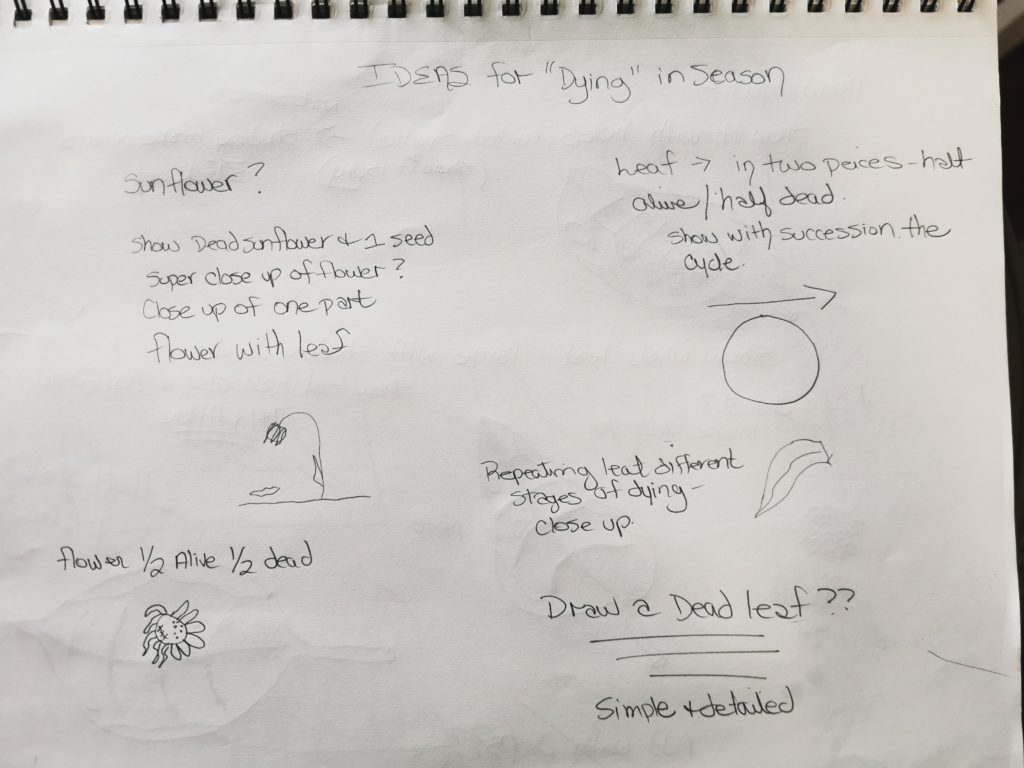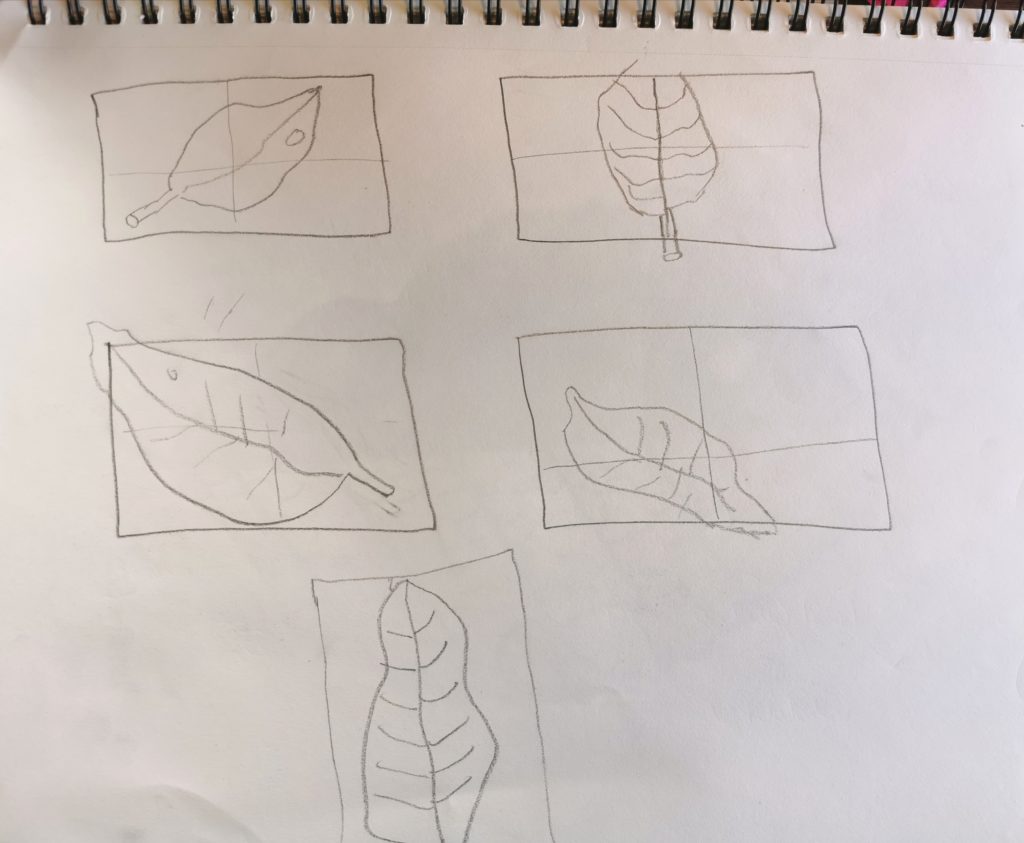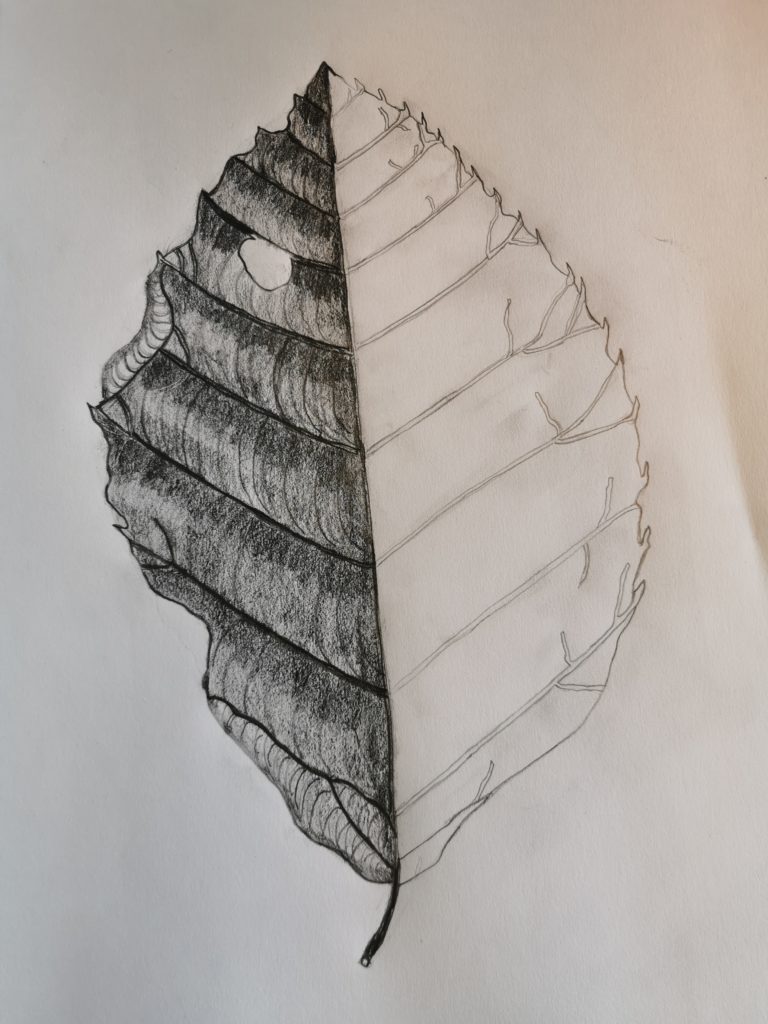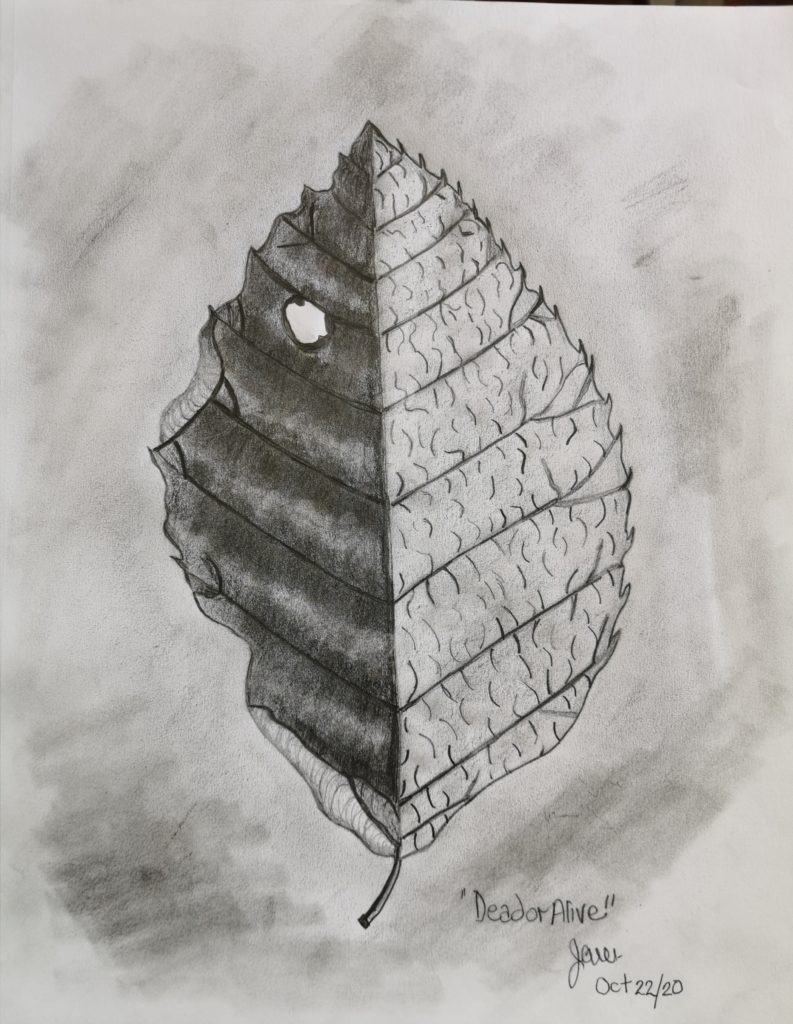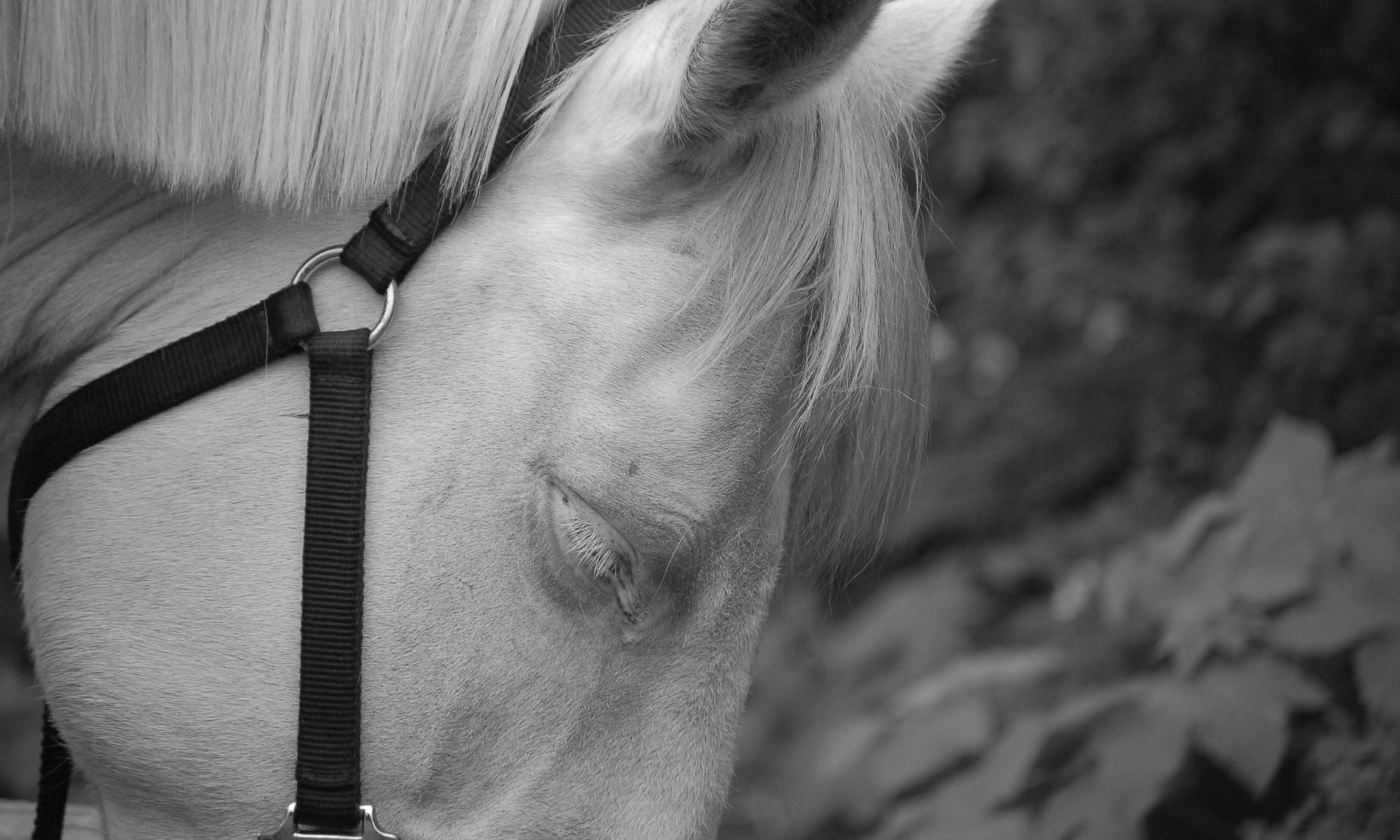Artist #1 – Zaria Forman
5 Works chosen:
- Maldives #14; 60×90 in., soft pastel on paper, 2015.\
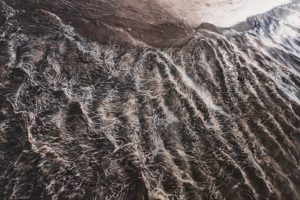
- Greenland No. 62; 47×70 in., soft pastel on paper, 2013.
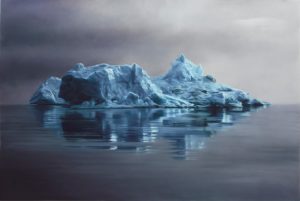
- De Vicq Glacier, Antarctica; 60×90 in., soft pastel on paper, 2016.
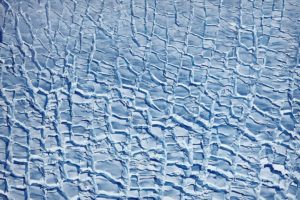
- Flower; 38×60 in., charcoal and soft pastel on paper, 2012.

- Nosara #1; 45×60 in., soft pastel on paper, 2012.
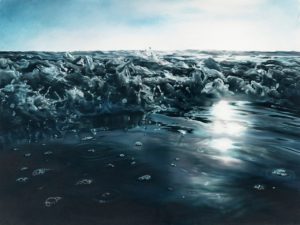
Work selected: Maldives #14
- The artist draws from memory or from her photographs and then makes all her drawings in pastel on paper. This work is 6”x90”. This piece of work, as with her others, are extremely realistic and detailed.
- Formal elements include lines, tone, texture and colour to make this drawing so realistic, and she uses movement, contrast, and pattern to organize these elements to show the turbulent incoming seas.
- “Continuing the story of polar melt, a significant contributing factor to rising seas, I followed the meltwater from the Arctic to the Equator. I spent September 2013 in the Maldives, the lowest and flattest country in the world, collecting images and inspiration to create a body of work celebrating and representing a nation that could be entirely underwater within this century.” Zaria Forman documents climate change with pastel drawings. She travels to remote regions of the world to collect images and inspiration for her work, which is shown worldwide. Her work explores moments of transition, turbulence and tranquility in the landscape and their impact on the viewer.
- She has tried to communicate through her art the importance of recognizing the dangers of climate change but has kept a hopeful mood to her drawings. I really do feel the transition, turbulence, and tranquility she is trying to get across; we see the rough seas she has made, but we also see light on the edges of the drawing that bring some hope.
- Both Deborah and Zaria share the same passion for bringing awareness to topics that cannot be ignored whether socially or environmentally. Zaria’s work holds a bit more hope, with her lighter colours, tones, and use of light. Where Deborah’s work is much more haunting and darker with her use of 2D, mylar, digital print and the juxtaposition of it all.
- I chose these two artists as this is something I have wanted to take on with my photography.
Artist #2 – Deborah Rockman
5 Works chosen:
- Danger of Being Born VII; Graphite on Paper; Image Size: 10″ x 8″; Paper Size: 29″ x 23″ 2004.
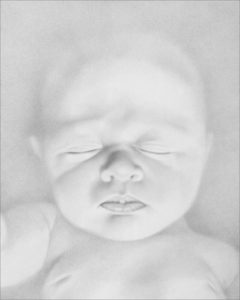
- A Beaver Builds Dams; Charcoal on Paper and Vinyl on Glass; 23″ x 27″, 20?
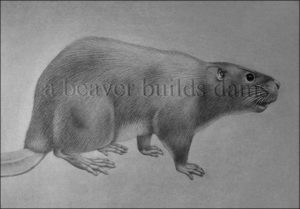
- Study #1 for Death Dream; Graphite on Gessoed Paper; 29″ x 23″, 200?
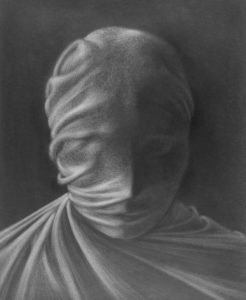
- Companions 9 (While Syria Burns); Low-Tech Digital Drawing and Digital Collage (Digital Print); 14.75″ x 25.5″, 2016.

- The Space Between Us (10); Colored Pencil on Mylar over Digital Inkjet Print; 14.5″ x 17.75″, 200?
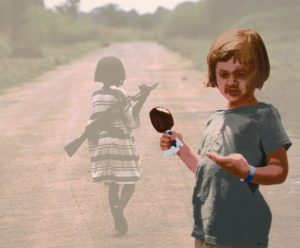
Work selected: The Space Between Us (10)
- This artist used colored pencil on mylar over digital inkjet print to capture disparity in the life experiences of children. Her use of 2D, contrast, space, colour and texture are some of the technical qualities she used here to help us see the inequalities. She also gives us a strong metaphorical visual element with the combining of the drawing and pictures and the way one is faded and one is bright.
- This piece is part of a series showing the disparity of life experiences of children. Through juxtapositions she shows us two children holding items – one a gun and one an ice cream bar –a childhood of abundance and one of deprivation. She places the child with the gun in the background and veiled by mylar, while the child with the ice cream is upfront and shown in colour.
- Deborah Brockman is a form Professor, an author, and an artist that with her work explores social and cultural injustices and inequalities.
- This piece and the series itself is quite dark and depressing. The stark reality is hard to view. “Somewhere in the space between us, when one suffers, we all suffer.”
- Both Deborah and Zaria share the same passion for bringing awareness to topics that cannot be ignored whether socially or environmentally. Zaria’s work holds a bit more hope, with her lighter colours, tones, and use of light. Where Deborah’s work is much more haunting and darker with her use of 2D, mylar, digital print and the juxtaposition of it all.
- I chose these two artists as this is something I have wanted to take on with my photography.
Sources viewed:
https://www.artsy.net/artist/zaria-forman
https://www.ted.com/speakers/zaria_forman
https://www.artprize.org/57379
